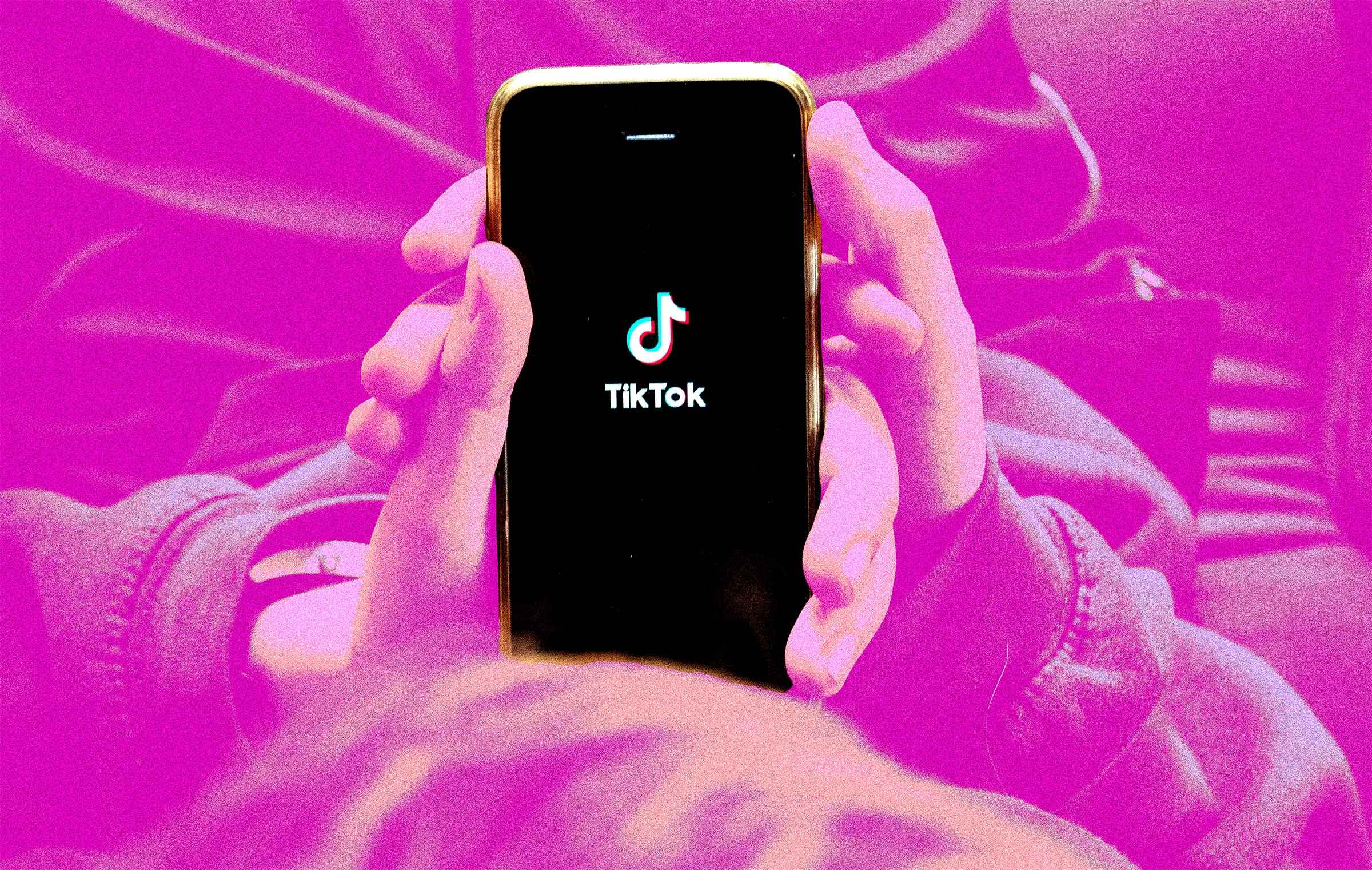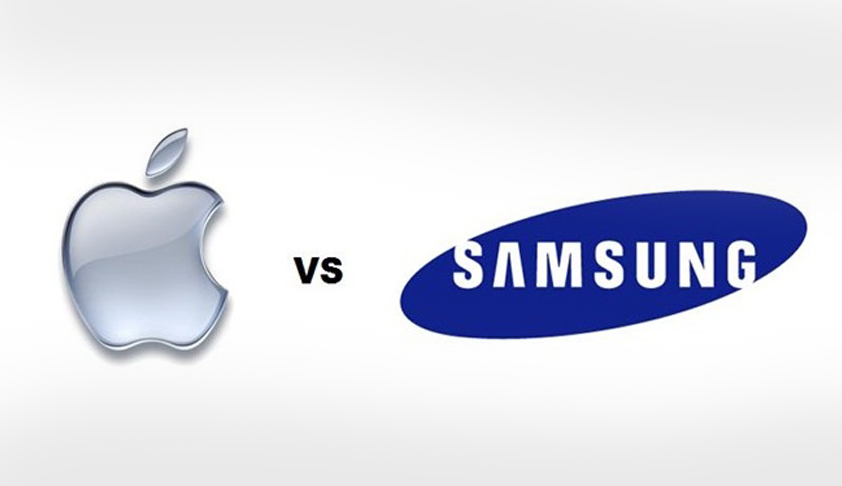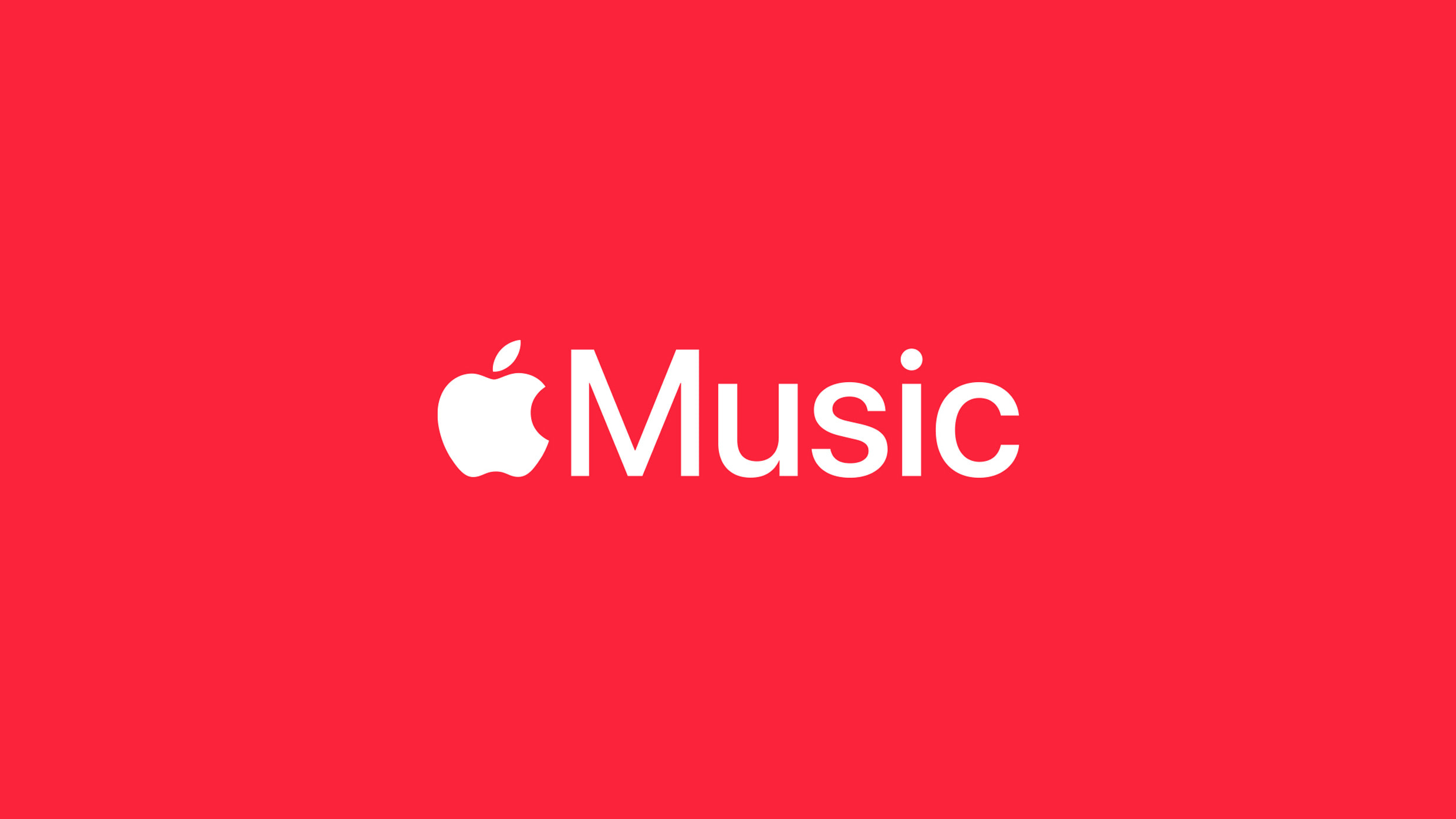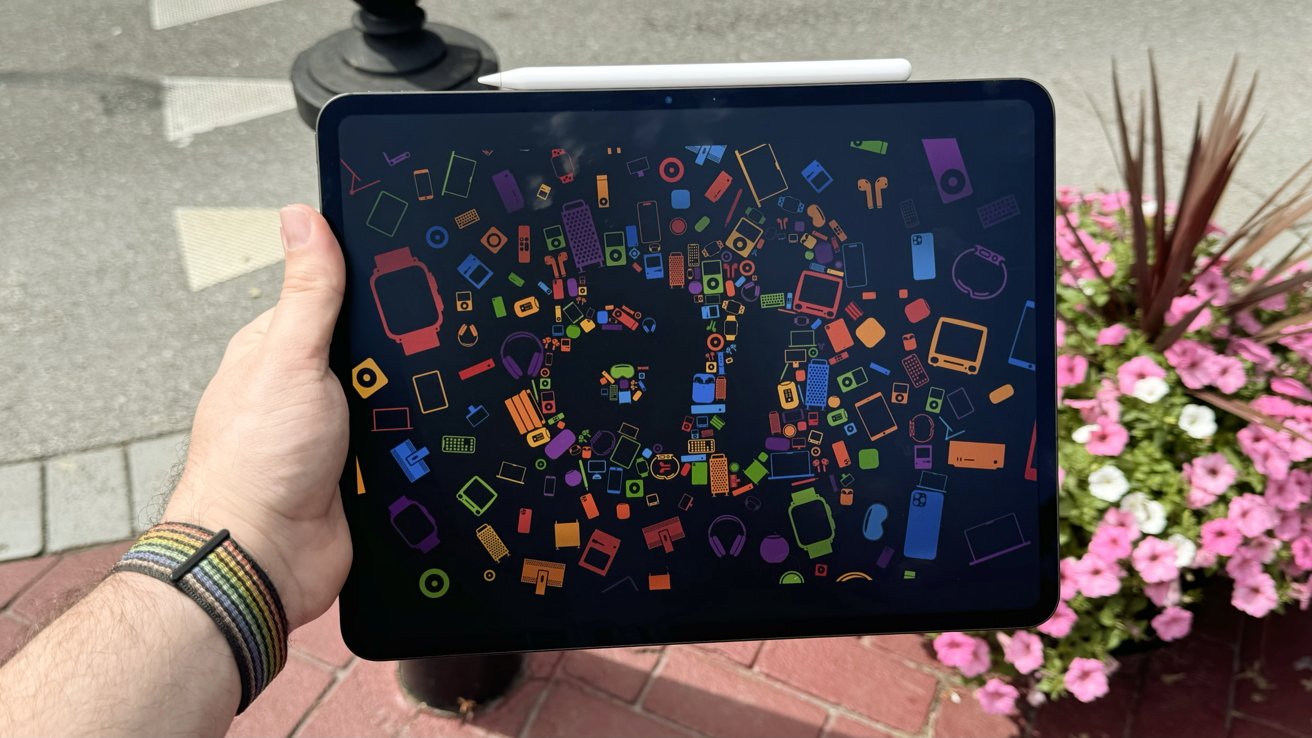The lines between Apple’s operating systems, iOS and macOS, have blurred significantly in recent years. Features often debut on iPhones and iPads before making their way to Macs, creating a more cohesive user experience. Yet, some key areas of divergence remain, particularly in customization, and whispers of Apple revisiting the networking space suggest exciting possibilities for the future.
One of the most noticeable differences lies in the level of personalization offered across devices. While iPhones and iPads have embraced extensive customization options, Macs have lagged behind. Let’s delve into some specific areas where macOS could benefit from adopting features already present in iOS and iPadOS.
The Lock Screen: A Canvas for Expression
With the introduction of iOS 16 and iPadOS 17, Apple transformed the lock screen from a static display into a dynamic hub. Users gained the ability to add widgets, personalize fonts, and create multiple lock screens tailored to different contexts. This level of personalization brought a fresh, vibrant feel to the mobile experience.
In contrast, while a step forward, macOS Sonoma’s lock screen redesign felt comparatively restrained. It lacked the interactive elements and granular control offered on iOS and iPadOS. The absence of widgets and font customization left many Mac users yearning for a similar level of expressive freedom. Imagine a Mac lock screen that could display calendar appointments, weather updates, or even control smart home devices at a glance. This seamless integration of information and functionality would significantly enhance the Mac’s user experience.
App Icons: A Matter of Preference
App icon customization is another area where iOS and iPadOS have taken the lead. While developers have long had the option to offer alternative icons within their apps on mobile, iOS and iPadOS 18 introduced system-wide options for dark mode and tinting, allowing for more cohesive home screen aesthetics. This subtle but impactful feature allows users to further personalize their devices and create a visual experience that resonates with their individual tastes.
While macOS allows for basic app icon changes, it’s not as prevalent or seamless as on mobile. Expanding these options on macOS could offer users a greater sense of ownership over their digital environment. Imagine being able to match your app icons to your desktop wallpaper or create themed workspaces based on color palettes. This level of personalization, while seemingly minor, can significantly enhance user satisfaction and engagement.
Control Center: Centralized Control, Personalized Access
The Control Center, a central hub for quick settings and controls, has also seen significant improvements on iOS and iPadOS. Recent updates have enabled third-party app integration, allowing developers to create custom toggles for their services. This empowers users to tailor their Control Center to their specific needs, providing quick access to frequently used functions.
macOS’s Control Center, while functional, has remained largely unchanged since its introduction. Implementing third-party integration, similar to iOS and iPadOS, would greatly enhance its utility. Imagine controlling smart lights, music playback from various apps, or even VPN connections directly from the Control Center. This level of integration would streamline workflows and provide a more unified experience across the Apple ecosystem.
Beyond Software: Whispers of Apple’s Networking Ambitions
Beyond software features, rumors have surfaced regarding Apple’s potential return to the networking hardware market. While a direct successor to the AirPort routers isn’t currently in development, Apple is reportedly exploring alternative approaches.
The development of the “Proxima” wireless networking chip, designed for integration into various home products like the Apple TV and HomePod, has sparked speculation. This sophisticated chip is reportedly capable of functioning as a wireless access point, potentially transforming existing Apple devices into network hubs. While Apple might not heavily promote this functionality, its mere existence opens up exciting possibilities.
Imagine an Apple TV or HomePod seamlessly extending your Wi-Fi network, providing robust and secure connectivity throughout your home. This integrated approach could offer a compelling alternative to traditional routers, particularly for users already invested in the Apple ecosystem. It could also address growing concerns about privacy and security in home networking, offering a trusted solution from a company known for its commitment to user privacy.
In conclusion, while the gap between iOS, iPadOS, and macOS has narrowed, key differences remain, particularly in the realm of customization. Bringing features like lock screen personalization, enhanced app icon control, and expanded Control Center functionality to macOS would create a more unified and engaging user experience.
Furthermore, Apple’s exploration of new networking technologies suggests a potential return to the hardware space, offering exciting possibilities for integrated connectivity within the home. By bridging these gaps, Apple can further solidify its ecosystem and provide users with a truly seamless and personalized computing experience.










